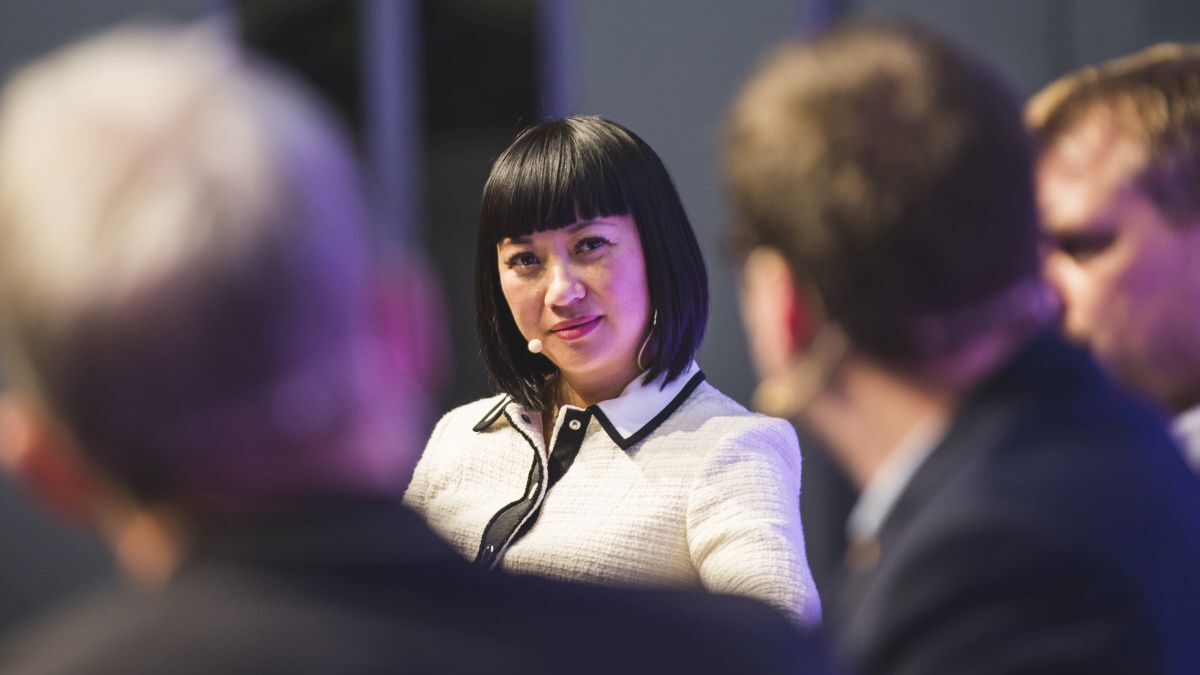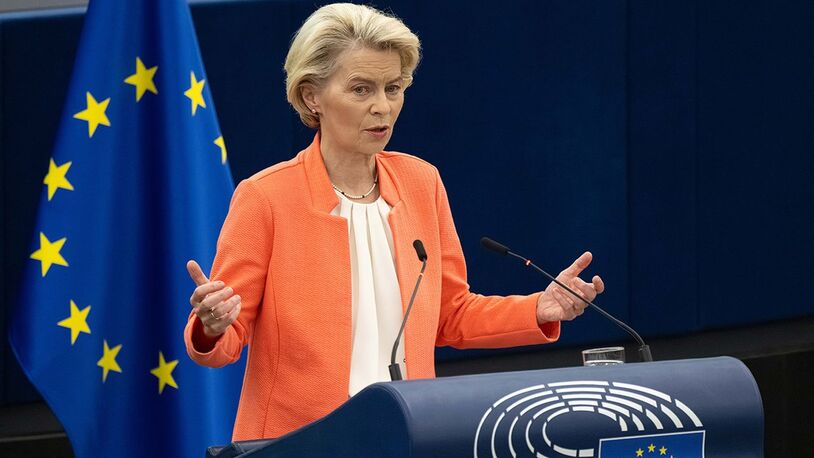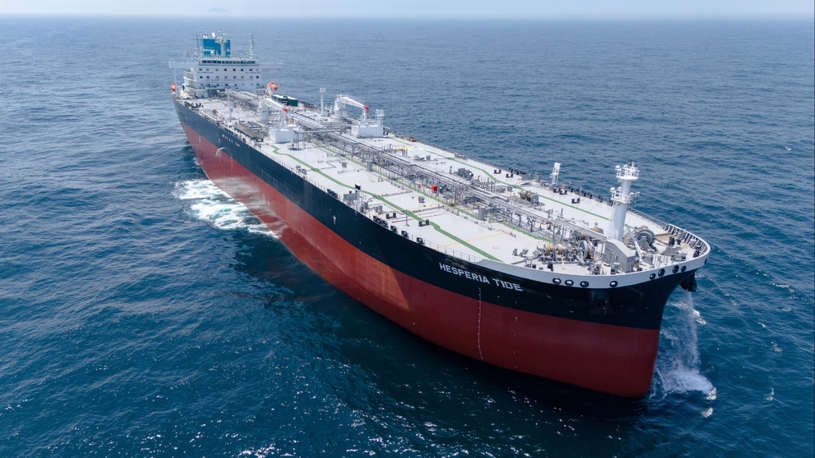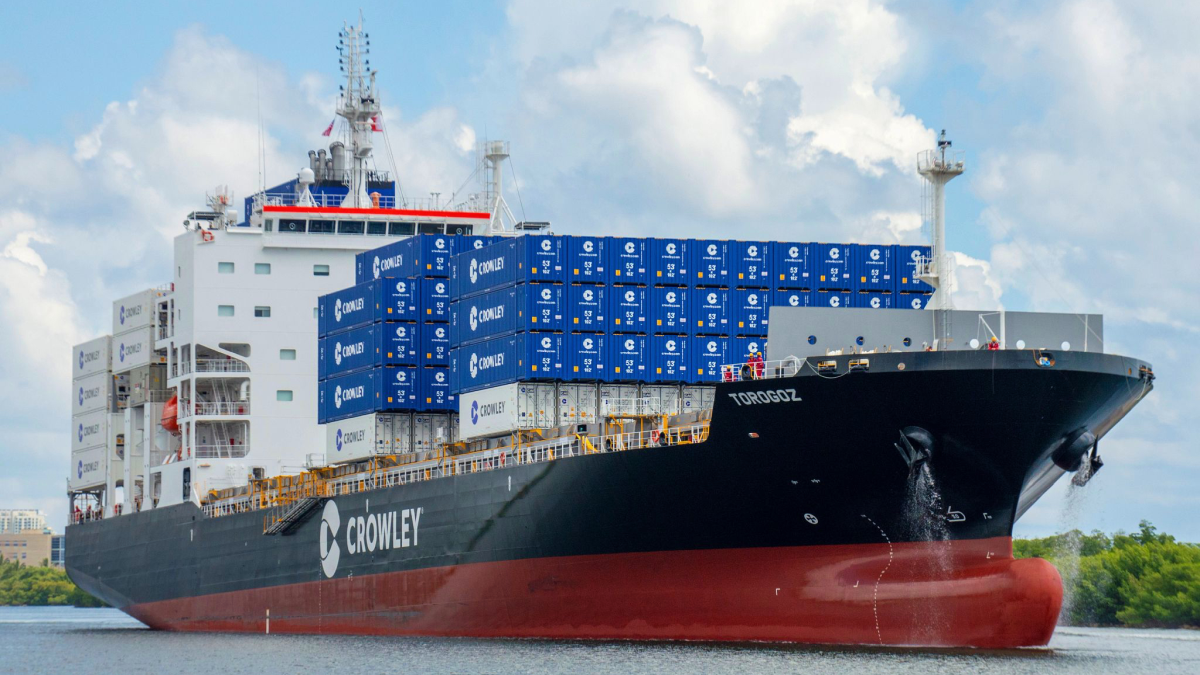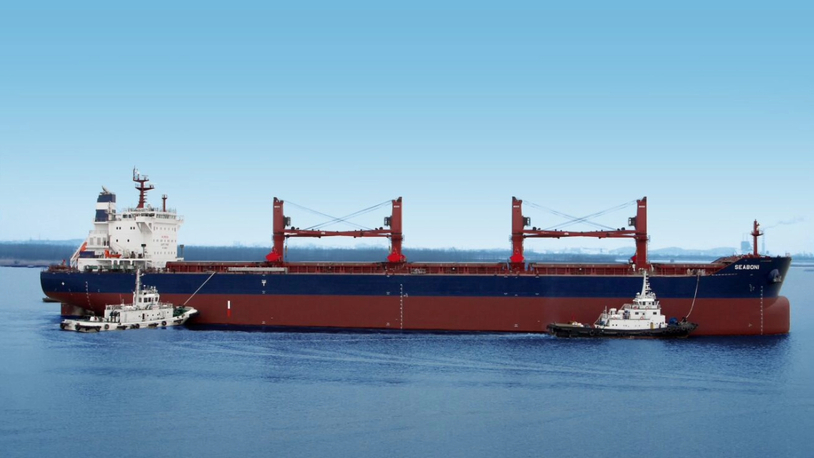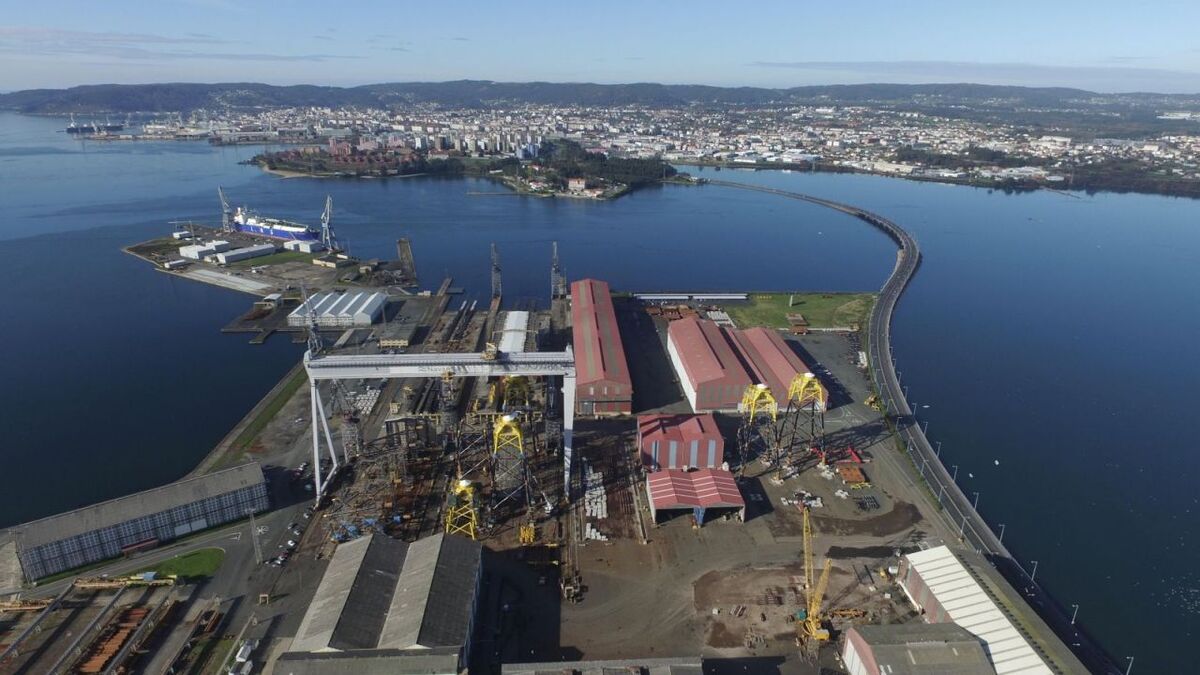Business Sectors
Events
Contents
Register to read more articles.
Positives and negatives: pandemic’s impact on cruise supplier partnerships
The pandemic has had a huge impact on cruise ship supply chains – creating challenges but also deepening relationships and encouraging product innovation
Holland America Group interior design director My Nguyen reflects not only on the obstacles the pandemic has created when it comes to the supply chain for an interior cruise refit, but also on the changes in relationships and expectations.
Highlighting current challenges brought on by the pandemic, she says, “Lead times, stock availability and logistics are a few of the many challenges we are facing due to the pandemic. Pre-pandemic, vendors stocked a good amount of inventory on a variety of products. Since companies have had to preserve cash across every aspect of the supply chain, we have found that inventory is low and product that is normally in stock needs to be produced.
“We never anticipated there would be a worldwide aluminium and foam shortage. Or that a lead time for a piece of furniture would double because there is a supply chain bottleneck on a widget that is needed for the piece.”
Another issue Ms Nguyen has encountered is that hard delivery dates are not reliable due to challenges at ports in clearing containers or having enough truck drivers.
But aside from challenges, the pandemic has led to some fundamental changes in the structure of the partnership between cruise operator and vendor – a trend that is also likely to become more pronounced as the cruise ship industry continues to swing back into business.
Ms Nguyen explains how her expectations of relationships with supply chain partners has changed. She expands, “In the US, there’s a saying: when you are in need of help, it’s time to phone a friend. A relationship with vendors is so important because we need each other to be successful. I’ve always believed that we are only as good as the team we create, the products we specify, and our last project. And a key aspect to success is relying on trusted partnerships with our vendors. It’s not just a business transaction but a relationship of how to help each other, be flexible and agile with what we don’t have control over, and to have the same goals for the best outcome.”
“The more that vendors are prepared from a project management and resource perspective, the faster they will come to the front of the line as partners”
Collaboration and consolidation
Further changes could also impact the operator and supplier partnership, as Ms Nguyen says she expects cruise brands to be pressured to consolidate their partnerships to leverage scale. This would have a knock-on impact on supplier partnerships.
Ms Nguyen comments, “Perhaps the supply chain world will change as well; vendors may need to collaborate together instead of being in competition with each other to get a piece of the pie. Project management resources and marine expertise is critical; half of the industry was let go and when we are back in full force, there will be no time for a learning curve. The industry will bounce back as quickly as it went on pause; booking trends for ships that have already restarted confirm this theory.”
Highlighting expectations from the interiors side of cruise operators, she says, “We will rely on our partners to be ready and to deliver at a pace that was expected pre-pandemic, in some cases even more, to make up for lost time. The more that vendors are prepared from a project management and resource perspective, the faster they will come to the front of the line as partners.”
And it is not just relationships with suppliers that are expected to change. Ms Nguyen emphasises the human impact of the pandemic and the effect of this within cruise brand teams.
“The human aspect of the pandemic has made me reflect on the past two years with gratefulness and compassion. It took me eight years to build a dream team, and in a matter of hours, I was told I had to let all but one go. It was the most heart-breaking experience in my career. My old team has moved on to great things, and we have rebuilt our new team with highly talented and diverse team members. In the past two years my biggest take away is how important it is to prioritise the wellbeing of your team, before anything else. The pandemic forced us to slow down and appreciate the basics: relationships, health and wellbeing. In the past, running a marathon a minute, it was easy to forget about the human aspects and prioritise the deliverables. The pandemic has taught us that no amount of resources can offset the importance of mental health and wellbeing.
Ms Nguyen sums up, “So as leaders, we need to make sure our teams are feeling fulfilled and cared for as the top priority. That in turn will assure that we can handle whatever opportunities are ahead of us. If it took a pandemic to make humans be more human in a business environment, I see that as a major positive.”
Relationships are not the only aspect to be impacted by the pandemic. The solutions and products supplied by vendors for cruise ship refurbishments are expected to develop to keep up with different demands and expectations. Ms Nguyen reveals her hopes for innovation. “My hope is that suppliers are developing more products that are environmentally sustainable, durable and can withstand heavy cleaning, look luxurious and meet IMO requirements. Those four components are all equally important, and there is a lack of options in the market that meet those four criteria in one product,” she says.
The impact of Covid-19 has also led to a greater interest in technology to combat the spread of viruses. Ms Nguyen says, “Two years ago we didn’t know how the virus was spread and anti-microbial, anti-viral were buzz words. Now that we know it is rarely spread through surfaces, the trend died down a bit. However, in my opinion, I would still opt for this option. The industry has been disproportionally left in the spotlight when it comes to outbreaks. Any outbreak be it viral or bacterial will be heavily scrutinised. Anti-microbial may not deter Covid, however if it helps with preventing spread of other types of outbreaks, it is a benefit.”
Short, medium and long term
Summing up, Ms Nguyen reflects on how her short-, medium- and long-term visions have changed since the start of the pandemic. “In the early days of the pandemic, I anticipated we would need to drastically modify spaces to account for social distancing. Fast forward almost two years, the focus has been more on vaccinations and pre-testing protocols, and less on space planning.”
Medium term (now to two years) she anticipates the industry will focus on necessary repair and maintenance needs and maintaining brand standards, while more than two years from now will be a huge push to enhance the brands.
She adds, “Major elements to consider are the mental health and wellbeing of the crew: what are we doing with crew amenities and back-of-house spaces that will enhance their experience off hours?”
While touchless technology, AI and offering private bubbles within public spaces could be the new normal for guest facing experiences.
For the long term, Ms Nguyen concludes, “How we utilise the precious real estate on board both for guests and crew will be a major conversation short term, which will affect the long-term vision for our cruise brands.”
Related to this Story
Events
Offshore Support Journal Conference, Americas 2025
LNG Shipping & Terminals Conference 2025
Vessel Optimisation Webinar Week
© 2024 Riviera Maritime Media Ltd.


